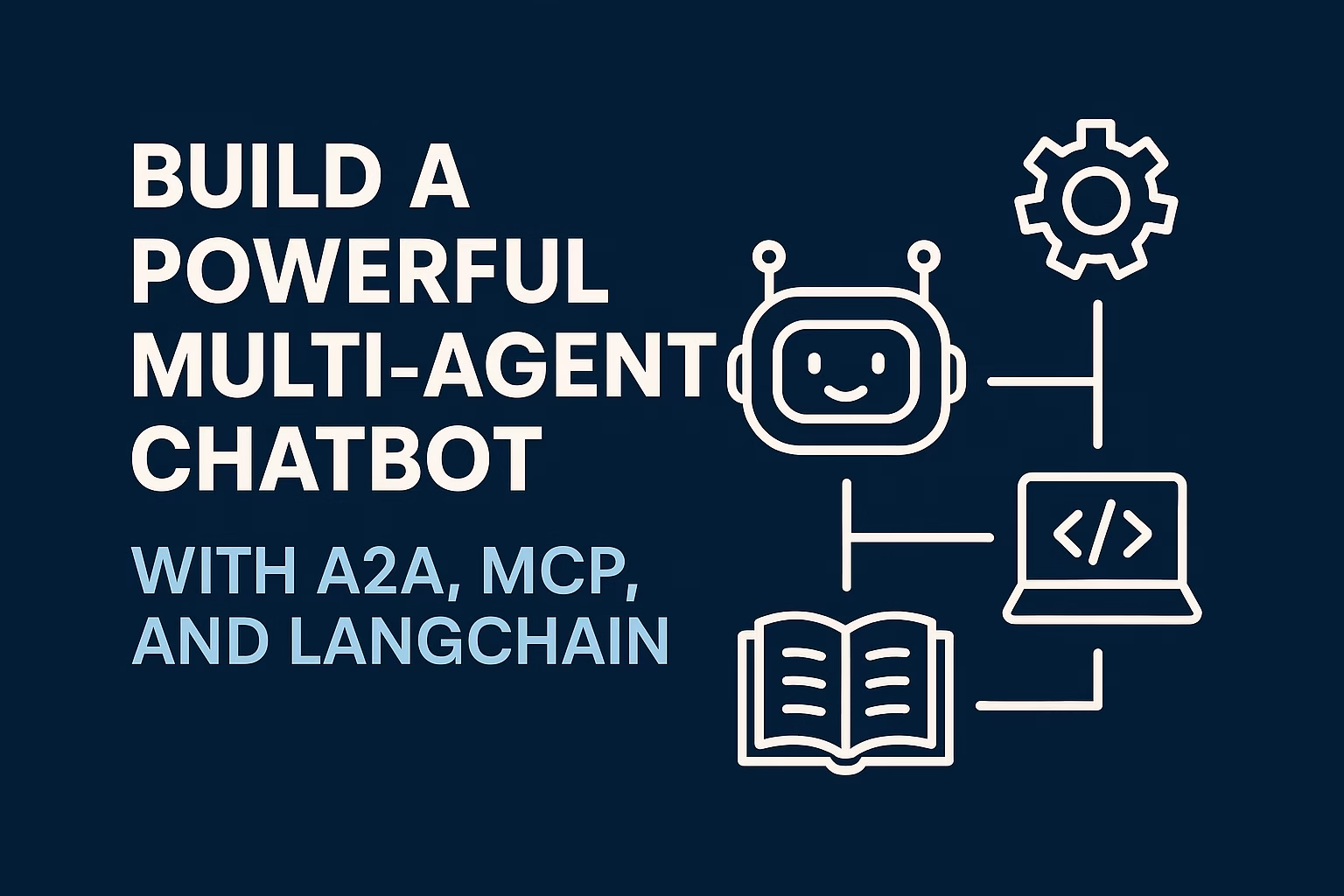FastAPI has quickly become one of the most popular web frameworks in the Python ecosystem. Designed to deliver high performance, clean code, and automatic documentation, FastAPI empowers developers to build modern, scalable APIs with ease.
In this blog post, we’ll explore:
- 🔍 What makes FastAPI stand out
- 🧵 Key features like asynchronous I/O (
async/await) - ⚠️ Handling edge cases
- 🔮 Upcoming features to watch out for
🌟 Why Choose FastAPI?
FastAPI is built on Starlette for the web parts and Pydantic for data validation. Together, they provide a lightning-fast, production-ready API framework with developer ergonomics in mind.
✅ Key Benefits
- Performance: Comparable to Node.js and Go (thanks to ASGI)
- Type Hints: Leverages Python 3.6+ type hints for validation and documentation
- Automatic docs: Generates OpenAPI & Swagger UI automatically
- Fast development: Less boilerplate, more productivity
- Dependency Injection: Clean and flexible
🔄 Async I/O — The Backbone of FastAPI
One of FastAPI’s standout features is native async support. With Python’s async/await syntax, FastAPI can handle thousands of requests concurrently, making it ideal for I/O-bound operations like:
- Making API calls
- Reading from databases
- File I/O operations
Example:
from fastapi import FastAPI
import httpx
app = FastAPI()
@app.get("/external-api")
async def fetch_data():
async with httpx.AsyncClient() as client:
response = await client.get("https://api.example.com/data")
return response.json()
Tip: Always use async-friendly libraries like httpx or asyncpg to leverage the real benefits of async I/O.
⚠️ Edge Cases in FastAPI (and How to Handle Them)
While FastAPI is robust, certain edge cases can trip you up. Let’s go over a few:
1. Blocking Code in Async Routes
Using a blocking operation (e.g., time.sleep) inside an async route will block the event loop.
❌ Don’t do this:
@app.get("/block")
async def block():
time.sleep(5) # Blocking call!
✅ Do this instead:
import asyncio
@app.get("/non-block")
async def non_block():
await asyncio.sleep(5)2. Complex Dependency Injection Trees
FastAPI’s DI system is powerful but can become complex with nested dependencies.
Solution: Break them into smaller parts and use Depends() sparingly. Group logic into services or utility layers.
3. Large File Uploads
FastAPI handles small file uploads well, but for large files:
- Use
StreamingResponse - Tune your server (e.g.,
uvicorn --limit-concurrency, NGINX proxy buffer settings)
4. CORS and Middleware Issues
If your frontend is on a different domain, configure CORS properly:
from fastapi.middleware.cors import CORSMiddleware
app.add_middleware(
CORSMiddleware,
allow_origins=["https://yourfrontend.com"],
allow_credentials=True,
allow_methods=["*"],
allow_headers=["*"],
)📈 Popular Features That Make FastAPI a Developer Favorite
🧪 Auto-generated Documentation
FastAPI automatically generates:
- Swagger UI (
/docs) - ReDoc (
/redoc) - Based on OpenAPI 3
🔒 Security Utilities
FastAPI includes built-in security utilities:
- OAuth2 with Password (and hashing)
- API key management
- JWT integration
💾 Request Body Parsing & Validation
Using Pydantic models for body validation:
from pydantic import BaseModel
class User(BaseModel):
name: str
age: int
@app.post("/user")
async def create_user(user: User):
return userValidation errors return structured JSON with status code 422.
🔮 What’s Coming to FastAPI (2025 and Beyond)
Here are some exciting upcoming features and trends in the FastAPI ecosystem:
1. Full Async Database Support
With libraries like SQLModel, Tortoise ORM, and Databases, full async-first support for databases is becoming standard.
2. Built-in Rate Limiting
Currently requires third-party solutions like slowapi or NGINX. Native rate-limiting is under discussion.
3. Background Task Improvements
Better background job handling via integrations with Celery, Dramatiq, and async task queues.
4. WebSocket Improvements
WebSocket support exists via Starlette, but more utilities and patterns are being added for real-time apps.
5. First-Class GraphQL Support
With projects like strawberry, GraphQL integration in FastAPI is becoming smoother and more native.
FastAPI is more than just a framework — it’s a complete ecosystem that combines performance, developer friendliness, and modern features. Whether you’re building microservices, real-time applications, or AI backends, FastAPI is a future-proof choice.
🚀 Summary
- FastAPI is fast, type-safe, and async-ready
- Handles edge cases well, but beware of blocking calls
- Features like auto docs, DI, and validation shine
- Upcoming: Better database support, rate-limiting, WebSockets, GraphQL


